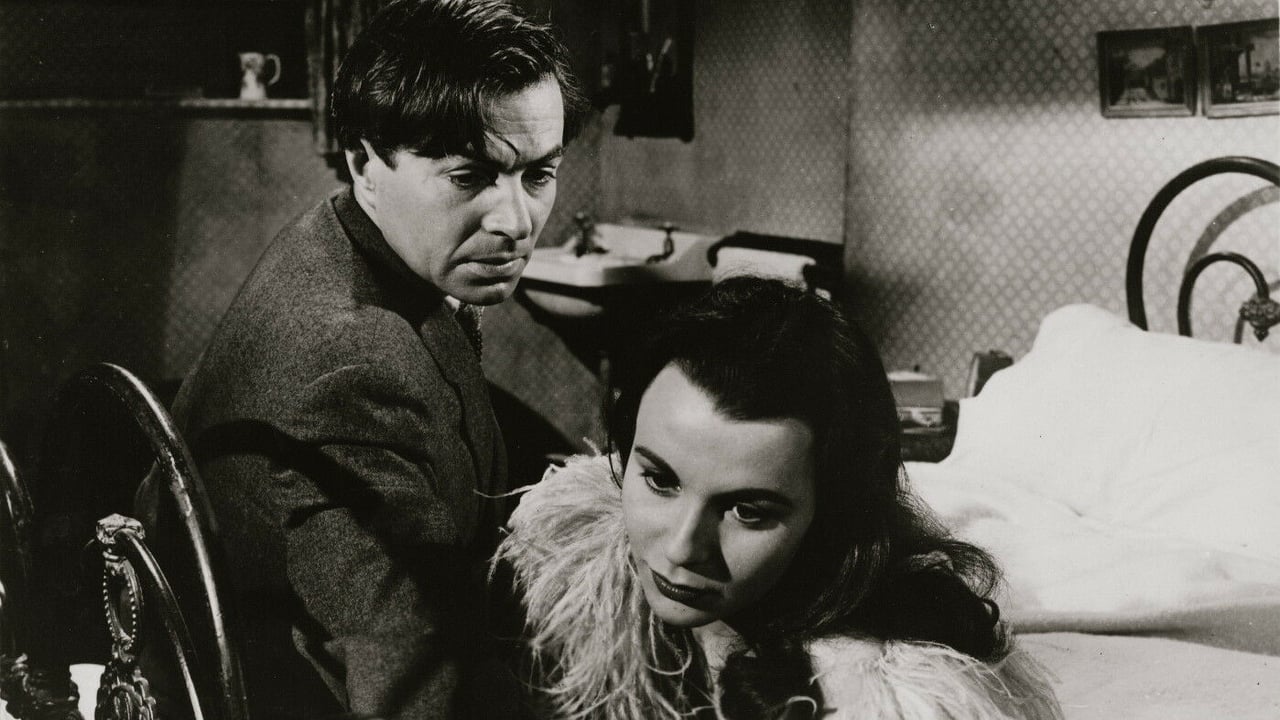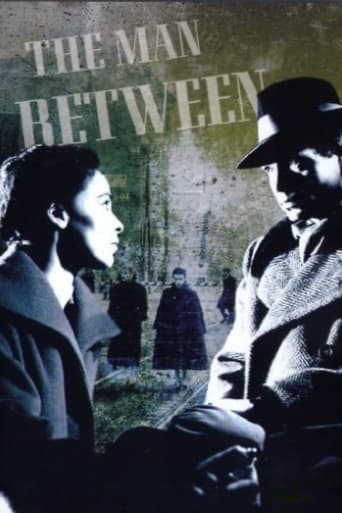

Tepid Cold War melodrama with Carol Reed making a half-hearted attempt to replicate The Third Man. The biggest problem is that none of the principals appear to be committed to the project so that the overall impression is that all the main personnel - writer, director, actors - owed the Production company a picture and were just discharging their obligation. Every time something of interest pops up - Mason and Neff arguing as Bloom walks in on them - it is immediately diffused so that little or no mystery/tension is left and we are looking at a damp squib. Usually the name of Harry Kurnitz on the credits is a guarantee of a decent script but not, alas, on this occasion. Disappointing all round.
... View MoreIn the Post-World War II, the British Susanne Mallison (Claire Bloom) travels to Berlin to visit her older brother Martin Mallison (Geoffrey Toone), a military that has married the German Bettina Mallison (Hildegarde Neff). The naive Susanne snoops on Bettina and suspects that she is hiding a secret from her brother. When Susanne meets Bettina with her friend Ivo Kern (James Mason), he offers to show Berlin to her and they date. But Ivo meets the strange Halendar (Aribert Waescher) from the East Germany and Susanne takes a cab and return to her home alone. Then she dates Ivo again and he meets Olaf Kastner (Ernst Schroeder), who is a friend of Martin and Bettina. But soon Susanne, who has fallen in love with Ivo, learns that he was a former attorney married to Bettina in East Germany but with a criminal past during the war. Now he is blackmailed by Halendar to kidnap Kastner and bring him back to the other side of the border. The plan fails and Halender asks his men to abduct Bettina to get Kastner. However, Susanne is kidnapped by mistake and is imprisoned in the basement of a house in East Berlin. Now Ivo plots a plan to rescue Susanne from Halender and help her to cross the border. Will they succeed in their intent?"The Man Between" is another wonderful classic by Carol Reed with suspense and romance in the post-war Berlin totally destroyed, in the same environment of Rossellini's "Germania Anno Zero" or Billy Wilder's "A Foreign Affair". James Mason has another top-notch performance in the role of Ivo Kern, a cynical man that changes his behavior when he meets the naive and charming character performed by Claire Bloom. Their chemistry is fantastic and Hildegarde Neff is a very beautiful woman. My vote is eight.Title (Brazil): "O Outro Homem" ("The Other Man")
... View MoreThe bleak war-torn settings of East and West Germany during the post-war years of WWII provide a suitable backdrop for a rather cold tale involving complex characters and moral ambiguities.The story's first half takes time to set up the murky relationships between CLAIRE BLOOM, HILDEGARD KNEF and JAMES MASON before settling down to some quieter moments and romantic overtones when the chemistry between the young girl (Bloom) and the dangerous criminal (Mason) becomes evident. It's their relationship in the second half of the story that heats up some of the cold war atmosphere of the tale.Suspense mounts as they hide out from the German authorities, but all the while one gets the feeling that all will not end well for the ill-fated pair who have fallen deeply in love.If you liked the somber atmosphere of films like ODD MAN OUT and THE THIRD MAN, you'll definitely enjoy the atmospheric effects achieved in the crisp B&W photography on display here. Outstanding photography in scene after scene, although the story itself never quite achieves the same degree of finesse as the previously mentioned Carol Reed films.Nevertheless, it's all extremely well acted. Mason has never been more effective as a complex man full of moral ambiguities and Bloom is given a wonderful chance to display her charm and sensitivity in a well-written role.Definitely worth watching.
... View MoreThis moody, atmospheric piece holds up extremely well (maybe even better than when it was first released). The two stars, James Mason and Claire Bloom, are fabulous and their chemistry is palpable, especially in the last quarter of the film. As other comments have mentioned, just the moral ambiguity coupled with the physical backdrop of Berlin shortly after the war enhances the story tremendously. Mason delivers another complex performance, by turns charming and sardonic, quickly turning to cynical and dark. Claire Bloom is lovely and her talent comes shining through, particularly in the last half of the film as she and Mason begin to heat up together. The music and the cinematography add immeasurably to creating an 'other worldliness' to this movie. If you find the plot drags a little at the beginning, stick with it because the intensity picks up as the plot unfolds. The suspenseful ending feels like a knife in the heart. Definitely a precursor to the The Spy Who Came in from the Cold.
... View More